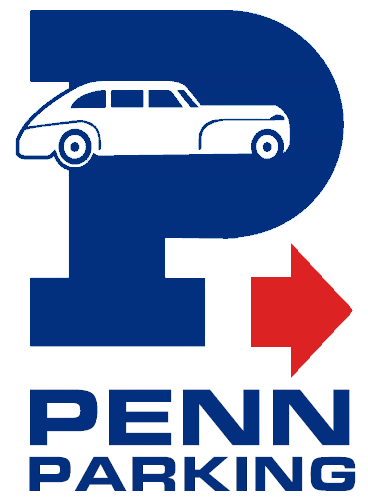Success can be measured in many different ways—this is especially true for managers of a parking garage. While it’s safe to say that things are running somewhat well if no customers complain about their experiences, it’s not enough to base your overall success on this one factor. Customer feedback is a great place to begin, sure, but it doesn’t tell you important details about your business, including revenue.
That said, let’s take a closer look at three metrics that do spell success for a parking garage.
1. Number of Monthly Parkers
In most instances, the number of monthly parkers you maintain month over month speaks volumes about your operation’s success. To best evaluate this metric, you’ll want to examine the number of monthly parkers currently enrolled, their diversity, and if your building or main supplier(s) are fully utilizing their parking ratios. Monthly diversity—in other words, how many spaces you’ve sold versus how many are actually being used on a daily basis—is an important element in optimizing revenues. While you want your garage to look full, you never want it to be at full capacity, but close to full capacity.
All this information will tell you how many spaces you have left to backfill with transient parkers, outside or non-tenant monthly parkers, or any other nearby parker opportunity. Ideally, most of your garage’s business should come from monthly tenants, so if you find that you aren’t meeting your goal, you’ll want to gather tenant feedback to discover what you could improve upon to make your garage more attractive.
2. Parking Rates
You should always be evaluating your parking operation’s rates. Are they too high or too low? While this number can be adjusted based on your competitors’ rates, you should keep a close eye on how the adjustments affect your monthly and transient parker occupancies. If your garage is consistently filled, your rates are likely too low; if your garage has too many open spots, your rates may be too high.
You’re looking for that sweet spot: about 95% full with room for drivers to come and go. This allows you to remain competitive, especially during off-hours, weekends, and area events, when people who may not be familiar with your garage search for a place to park. Finding the optimal rate may take some trial and error, so don’t fret if it takes a little time.
3. Ongoing Occupancy
Lastly, you should evaluate your occupancy numbers throughout the day. If you have automation at your entrance and exit, you can examine the reports of the number of cars coming and going throughout the day to identify peak occupancy times. You can also obtain this information in a manually operated garage—it just takes a little more man-power.
With this information, you can determine whether or not you need to adjust your rates, attract additional monthly or daily parkers, or offer special rates to attract a new type of parker (restaurant goers, theater or special event goers, etc.). This data can also indicate if you need to adjust your hours of operation or staffing at specific times of the day to save costs.
Final Thoughts
These three metrics may not be the be-all and end-all factors of your parking operation’s success, but they are a solid measure of how your garage is performing daily and the competitiveness of the same (and, therefore, your revenues).
You likely already collect data on all aspects of your parking operation—make sure you take advantage of it and evaluate it for insight into how your garage is performing. Moreover, we suggest speaking with your current (and, if possible, past) tenants about their experiences in your garage. Based on their feedback and the data you collect from your metrics, you can fill holes in your garage’s strategy so you can maximize your revenue and improve your customer experience.
Contact us today for more information about evaluating your parking metrics.
